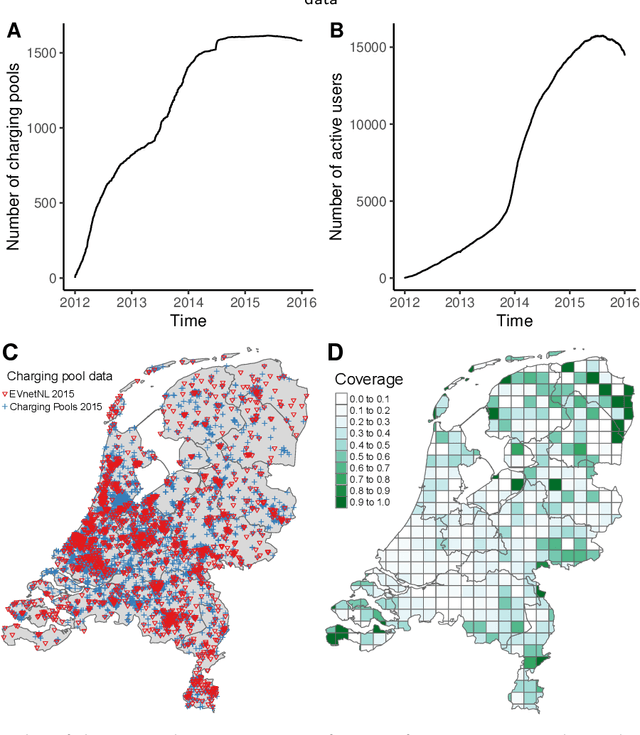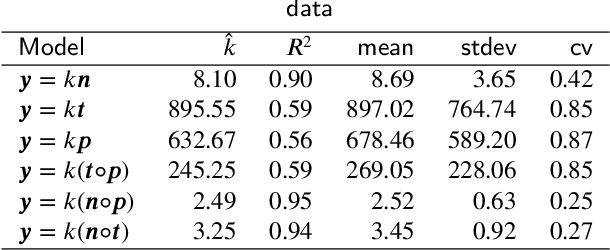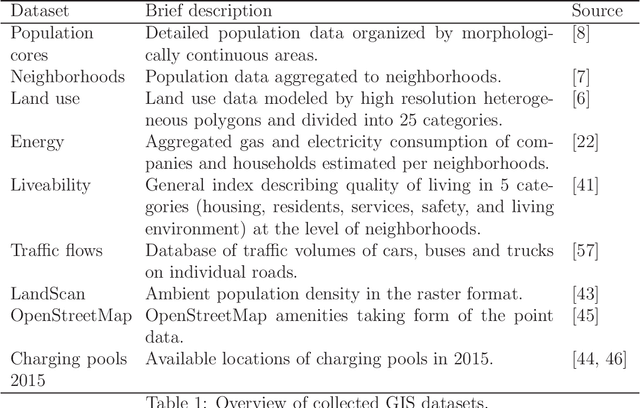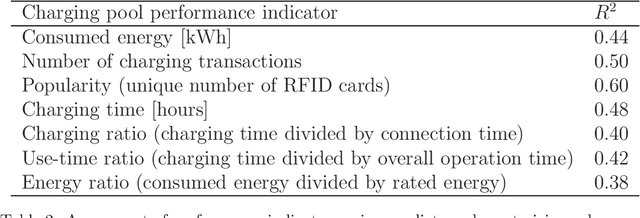Ľuboš Buzna
A matrix approach to detect temporal behavioral patterns at electric vehicle charging stations
Feb 18, 2021



Abstract:Based on the electric vehicle (EV) arrival times and the duration of EV connection to the charging station, we identify charging patterns and derive groups of charging stations with similar charging patterns applying two approaches. The ruled based approach derives the charging patterns by specifying a set of time intervals and a threshold value. In the second approach, we combine the modified l-p norm (as a matrix dissimilarity measure) with hierarchical clustering and apply them to automatically identify charging patterns and groups of charging stations associated with such patterns. A dataset collected in a large network of public charging stations is used to test both approaches. Using both methods, we derived charging patterns. The first, rule-based approach, performed well at deriving predefined patterns and the latter, hierarchical clustering, showed the capability of delivering unexpected charging patterns.
Explaining the distribution of energy consumption at slow charging infrastructure for electric vehicles from socio-economic data
Jun 03, 2020



Abstract:Here, we develop a data-centric approach enabling to analyse which activities, function, and characteristics of the environment surrounding the slow charging infrastructure impact the distribution of the electricity consumed at slow charging infrastructure. To gain a basic insight, we analysed the probabilistic distribution of energy consumption and its relation to indicators characterizing charging events. We collected geospatial datasets and utilizing statistical methods for data pre-processing, we prepared features modelling the spatial context in which the charging infrastructure operates. To enhance the statistical reliability of results, we applied the bootstrap method together with the Lasso method that combines regression with variable selection ability. We evaluate the statistical distributions of the selected regression coefficients. We identified the most influential features correlated with energy consumption, indicating that the spatial context of the charging infrastructure affects its utilization pattern. Many of these features are related to the economic prosperity of residents. Application of the methodology to a specific class of charging infrastructure enables the differentiation of selected features, e.g. by the used rollout strategy. Overall, the paper demonstrates the application of statistical methodologies to energy data and provides insights on factors potentially shaping the energy consumption that could be utilized when developing models to inform charging infrastructure deployment and planning of power grids.
Predicting popularity of EV charging infrastructure from GIS data
Oct 06, 2019



Abstract:The availability of charging infrastructure is essential for large-scale adoption of electric vehicles (EV). Charging patterns and the utilization of infrastructure have consequences not only for the energy demand, loading local power grids but influence the economic returns, parking policies and further adoption of EVs. We develop a data-driven approach that is exploiting predictors compiled from GIS data describing the urban context and urban activities near charging infrastructure to explore correlations with a comprehensive set of indicators measuring the performance of charging infrastructure. The best fit was identified for the size of the unique group of visitors (popularity) attracted by the charging infrastructure. Consecutively, charging infrastructure is ranked by popularity. The question of whether or not a given charging spot belongs to the top tier is posed as a binary classification problem and predictive performance of logistic regression regularized with an l-1 penalty, random forests and gradient boosted regression trees is evaluated. Obtained results indicate that the collected predictors contain information that can be used to predict the popularity of charging infrastructure. The significance of predictors and how they are linked with the popularity are explored as well. The proposed methodology can be used to inform charging infrastructure deployment strategies.
 Add to Chrome
Add to Chrome Add to Firefox
Add to Firefox Add to Edge
Add to Edge